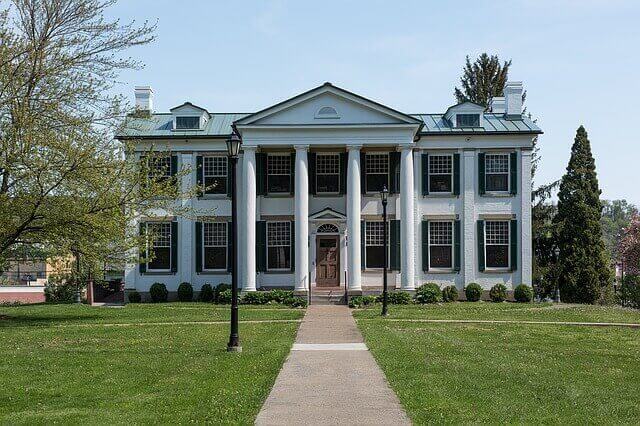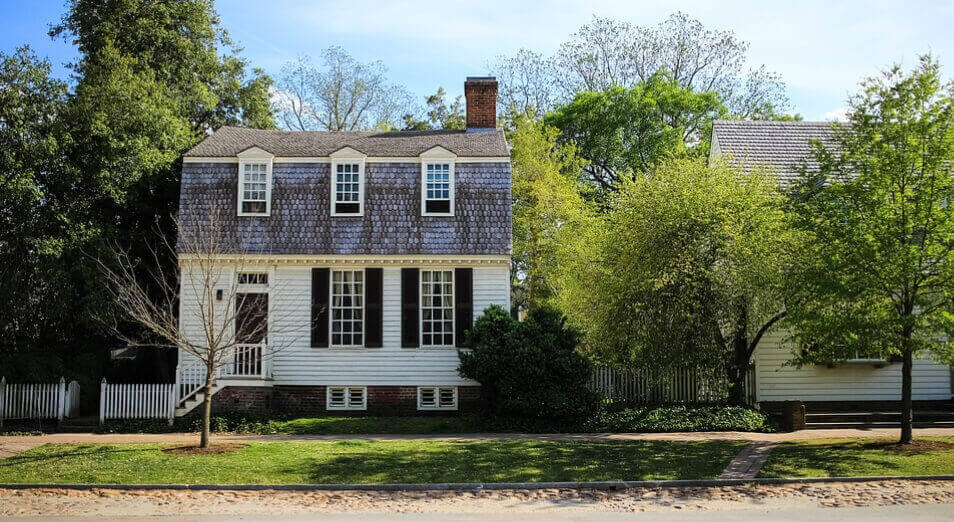Homes today are not built the way they used to be
Older, historic homes can be masterpieces of art, architecture, engineering, and design all in one. Many historic homes dot the landscape of Virginia, and you’ll often distinguish one when you see it. That is part of the appeal of owning one of these monuments to history. Hand carved molding, trims and banisters, elaborate turrets, and one of a kind designs are attractive pieces of historic homes that many people are looking for. Ultimately, that fascination with the exterior look and curb appeal is often what draws us in.
But what classifies as a historic home? According to the National Register Criteria for Evaluation, a few things-
- Age – How old is this property? Because it’s considered and labeled as historic, the age of the home and property must be in excess of 50 years to be considered as a historic home.
- Integrity – According to the evaluation committee, Integrity is defined using 7 different categories. Design, Location, Materials, workmanship, setting, feeling, and association. Was the method of construction special? Is it a certain architectural style of a certain time period? Any of these characteristics can help qualify the home as historic. Does this building look the way it used to?
- Significance – Is this an important property in history? Did it belong to someone who has been linked to significant events? Did something famous or important happen here? If there is a connection to any of these type of things there is a strong chance the property is a historic home.
Historic homes often offer things you can’t always find in modern buildings. From one of a kind built-ins to the unique charm of a fireplace hearth, and incredibly detailed carvings and moldings; these exclusive offerings in many historic homes can really help evoke emotion and a connection with these dwellings.
Owning a historic home also comes with other benefits
In many areas, to entice homeowners to keep and preserve the piece of history, tax incentives, tax credits, and lowered interest rate loans are possible. These often come attached with agreements to keep the home historic but are well worth looking into. These can vary from state to state, but Virginia does have a very successful program. For more specific information, check with the Virginia Department of Historical Resources. Over the last 20 years, this department has assisted homeowners to the tune of $1.2 billion dollars in tax credits.
When you own a historic home in Virginia, you get a better appreciation for the rich area of American history that surrounds you. It gives an upfront glimpse into the past, that is concealed from most other people. Whether you are a die-hard history buff, the idea of living in a house filled with history, that you get to explore and be a part of, is a very rewarding, and often wondrous experience.

In addition to all the good, there are a few things to be aware of when owning an important home. The cost of upkeep is often higher than more modern homes. It’s important to note that a lot of this is due to age, and intricacies involved in many aspects of the homes. While the process of renovating if you feel the need to can be taxing emotionally and financially, the end result as with any home is almost always worth the effort. When you decide to own a piece of history, you yourself become a piece of the rich U.S. history Virginia offers. There is really nothing quite like it.
